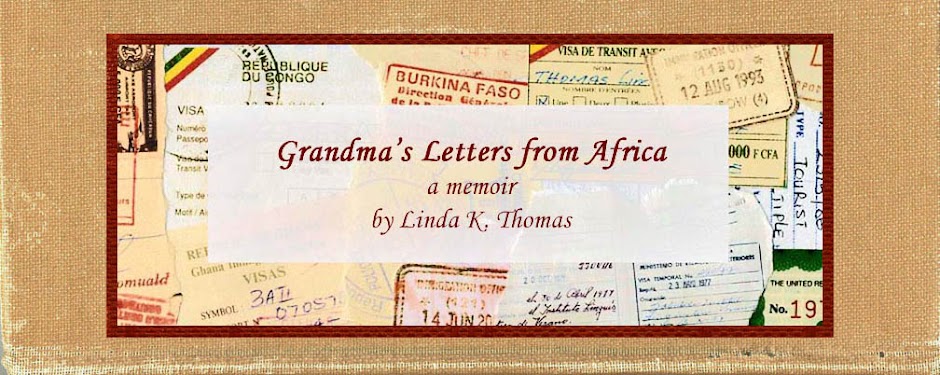Superb
starlings at Fisherman’s Camp plunged me into an episode of ethnocentrism. Just
little birds!
At
first, we and our fellow orientees were in awe of the superb starlings’ striking beauty. Their wings and back reflected a brilliant, shimmery
blue-green color. Combine that with their orange bellies and black heads and
indeed, their beauty was stunning. And to think they lived right there with us,
so close!
Before
long, though, their arrogant, tenacious determination to steal our food—right from
our plates sometimes!—soured our initial admiration.
To
make matters worse, they pooped on our laundry hanging between trees. When that
happened, I’d have to get out my little plastic basin, scrub the laundry clean,
and hang it to dry—again under those birds!
Then
the ibis calls began to get on our nerves—they were so loud and piercing. In
fact, they bordered on obnoxious.
Mind
you, people come from around the world to watch and listen to Lake Naivasha’s
birds, but to my way of thinking, those birds were an annoyance. And they definitely
were inferior to my birds back home in Washington.
I
suppose we all wrestle with it. It’s called ethnocentrism.
Ethnocentrism—it’s
the assumption that our birds are better than their birds, the belief that we do
things the right way and they (people in other cultures) do them the wrong way.
It’s
the conviction that our way is superior while theirs is inferior—things like
traditions, values, music, race, appearance, language, odors, religious
practices, humor, marriage, child-rearing, medicine, and food, to name only a
few.
And
often our assumptions are not correct.
A
North American arriving in Kenya might scoff, “People drive on the wrong side
of the road here!” In fact, they don’t drive down the wrong side of the
road—they drive down the left side of the road. Driving on the left is not
inferior to driving on the right side—it’s simply different from the North
American practice of driving on the right side.
An
important objective during our orientation course, then, was to recognize our
ethnocentrism and take a fresh, positive look at Africa and the African way of thinking
and doing, and soon Dave and I would conclude that Africans do many things
better than Americans. Our goal was to humble ourselves, learn to honor
Africans, and live in their culture without causing offense.
And
so, I’m happy that I could write in Chapter 1 of Grandma’s Letters from Africa that
within a few days, I learned to focus on the positive aspects of Lake
Naivasha’s birds.
Still
today, I cherish those birdsongs.
Once in a while, I’ll hear one of them in a
movie
or TV program about Africa—
and oh, the rich memories those songs stir up!
What
about you?
Have
you experienced cultural differences
that caused ethnocentric thoughts to break
out?
If so, how did you handle it?
Did the situation
turn out well in the end? I hope so!
Share
your stories with us!
Leave a comment below,
or send a private message.






